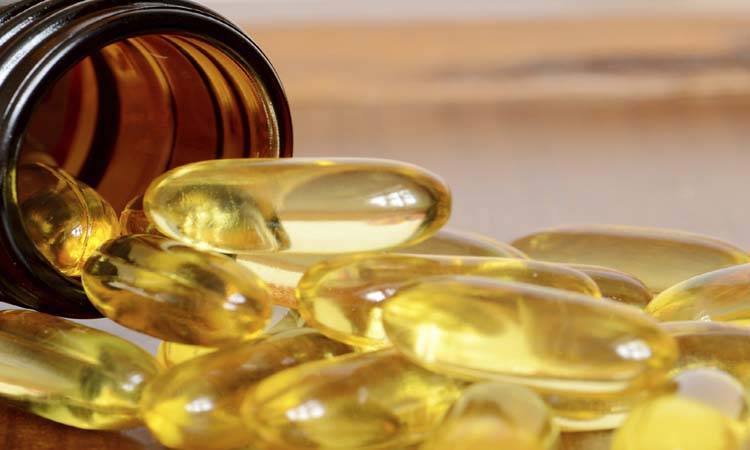Dairy cows are susceptible to reproductive disorders, which are thought to be associated with oxidative stress. In the study, we investigated the effects of vitamin E (VE) and selenium (Se) on the proliferation, apoptosis, and steroidogenesis in bovine ovarian granulosa cells under hydrogen peroxide (H2O2) – induced oxidative stress and elaborated the underlying mechanisms. Our results showed that VE or Se could stimulate the granulosa cell proliferation, possibly due to up-regulating the expression of CCND1 and decreasing the P21 levels under oxidative stress. VE or Se treatment also increased the secretion of estradiol (E2) and progesterone (P4), which could be owing to improving the expression of genes associated with steroidogenesis (StAR, HSD3β1, and CYP19A1) expression. VE or Se treatment down-regulated the apoptosis-related genes (BAX, CASP3) expression and decreased cell apoptosis. Furthermore, VE or Se treatment inhibited reactive oxidative species (ROS) and malondialdehyde (MDA) generation, increased total antioxidant capacity (T-AOC), and the activities of superoxide dismutase (SOD), catalase (CAT), and glutathione peroxidase (GSH-Px). Additionally, VE or Se treatment also alleviated the endoplasmic reticulum stress, activated the nuclear factor erythroid 2-related factor 2 (NRF2), and up-regulated the expression of its downstream genes, including NQO1, HO-1, GCLM, GCLC. More importantly, compared with either VE or Se treatment alone, their combined treatment showed a better protective effect against oxidative damage. Overall, our results indicated that VE and Se synergistically stimulated the granulosa cell proliferation and steroidogenesis, decreased cell apoptosis, mitigated the endoplasmic reticulum stress by activating the NRF2 signal pathway.
Read More

